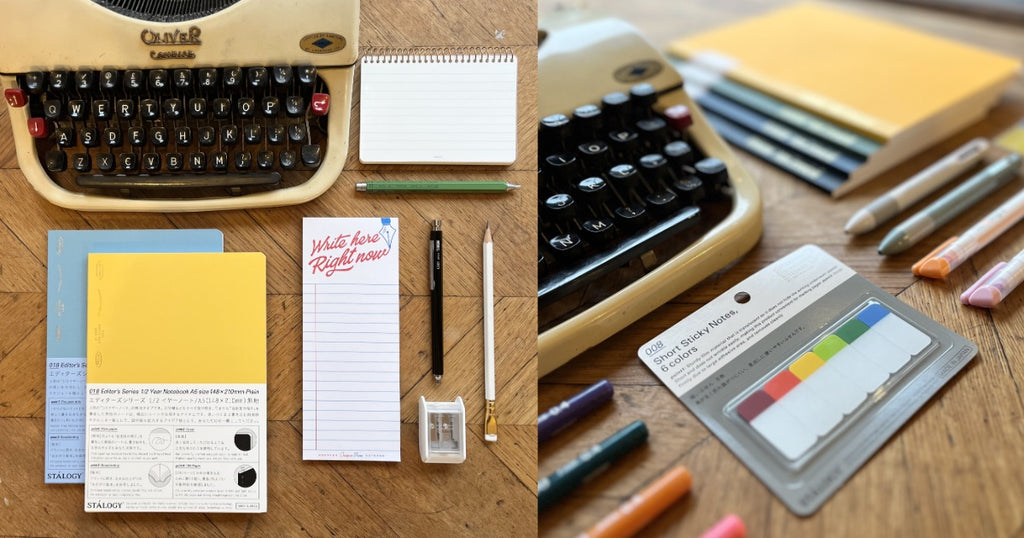Dated verses undated layouts
When it comes to analogue planning one of the first things to consider is whether you need a dated diary or an undated planner. It might sound straightforward but how you want to use it will determine what you'll find most helpful.
If you need to keep track of appointments and commitments then a dated diary is probably the way to go but if you’re looking to manage your time and get all your ‘jobs’ done then you may find an undated planner more useful.
When I worked in museums I always had a weekly desk pad to plan my time: mapping out what needed to be done on the day and what I could assign for later in the week so that it stopped taking up headspace.
Undated planners and desk pads are great for planning out a chunk of time (usually a day, week or month) as they give you an overview to arrange tasks and manage your workload.
Spending a bit of time at the start of each week and/or day to plan out what I’m working on is time well spent as it helps me to calm my mind and find a place for all the things that are bouncing around in it and to focus on getting things done.
The great thing about undated planners is that there are no wasted pages. Don’t have a busy week? Work from your to-do list instead and save it for when you do.

To-Do Lists
Running alongside my weekly plan is always a to-do list. I love a good to-do list (or a random bit of paper with lots of unconnected thoughts on it!) and it helps me feel on top of all the different things I need to remember to do.
Look for a planner with an integrated to-do list if you’re good at visualising things in one go or you can have a stand alone to-do list for capturing ideas and thoughts on the go by keeping it with you while you’re out and about.
A list is a great way to quickly get ideas out of your head and down on paper.
It doesn’t have to be an actual list. Thoughts dotted on a pad, a pile of post-it notes, musings in a notebook or reminders scribbled on a chalk-board: just something to hold your thoughts until you make time to organise them.
Colour Coding
Colourful stationery is NOT just for kids! The clear visual distinctions between colours make them great for organising and planning - different colour notebooks for different projects, sticky tabs for creating sections or different coloured pens for categorising and setting different levels of priority.
When planning out my workload I have three main categories: Things that I need to do today, things I need to get done by the end of the week and things I’d like to do... at some point.
If your plans often need to swap around make the pencil your best friend - and if you can’t bring yourself to use a pencil, explore the real life magic that is… erasable pens!
What's your planning set up? We'd love to know what's one thing you couldn't be without when it comes to a bit of analogue planning. Let us know in the comments below :-)



